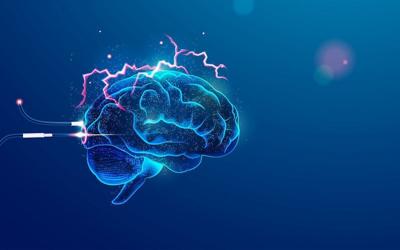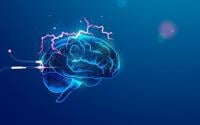Key Takeaways
An aneurysm is a balloon-like swelling that forms when a blood vessel wall is stretched out by blood flow
Up to 5% of the U.S. population may have a brain aneurysm, though most people never experience symptoms
Treatment often involves monitoring the growth unless the aneurysm is high-risk or has already ruptured
FRIDAY, Oct. 24, 2025 (HealthDay News) — Reality TV star, actress and mom Kim Kardashian, 45, disclosed in the season premiere of “The Kardashians” that a small aneurysm was detected in her brain.
An aneurysm occurs when a blood vessel wall weakens and stretches, creating a balloon or bubble. While aneurysms can appear anywhere, those in the brain, known as cerebral aneurysms, are likely more common than people realize, with estimates suggesting that 3% to 5% of Americans may have one, according to the American Heart Association (AHA).
The vast majority are asymptomatic, meaning they cause no problems, and are often found during medical imaging tests like MRIs or CT scans for unrelated issues.
“A lot of the natural history studies may not actually know the full incidence rate of how many aneurysms there are because we don’t just screen everyone,” Dr. Nina Moore, a neurosurgeon at the Cleveland Clinic, told NBC News.
Factors that can weaken arteries and lead to a brain aneurysm include high blood pressure, cigarette smoking and connective tissue disorders such as Marfan syndrome, according to a Brigham and Women’s Hospital primer. Family history may also play a role.
Individuals can reduce their risk by managing their blood pressure, stopping smoking, controlling diabetes and losing weight.
Brain aneurysms are more often seen in women, particularly after menopause, and among Black and Latino adults. They typically occur in people between 30 and 60 years of age. They’re quite small, less than an inch in size, notes AHA.
Details about Kardashian’s aneurysm are scant.
In the season premiere, she says, “There’s, like, a little aneurysm,” over a scene of her going into an imaging scan. No other details have been disclosed.
Symptoms of a large, unruptured aneurysm may include a drooping eyelid, vision changes, weakness or numbness.
The danger arises if an aneurysm ruptures, which can cause a stroke, brain damage, coma or death. A ruptured brain aneurysm often causes what's described as "the worst headache" of a person’s life or a “thunderclap headache.” Its location in the brain — a confined, fixed space — makes a rupture particularly dangerous, Moore explained.
When a small, low-risk aneurysm is found, doctors usually choose to monitor it with regular scans to check for changes in shape or growth.
For high-risk or ruptured aneurysms, various treatment options may be considered, according to Brigham and Women’s, including surgically clamping the bubble to restore the vessel wall; coiling, which involves filling the aneurysm with wire to block blood flow; mesh stents; and medications. Large, complex cerebral aneurysms may require a blood vessel bypass procedure in the brain.
With timely treatment and follow-up, many people recover from a brain aneurysm.
More information
The National Institute of Neurological Disorders and Stroke offers detailed information on brain aneurysms.
SOURCES: NBC News, Oct. 23, 2025; American Heart Association, Jan. 30, 2024; Brigham and Women’s Hospital, 2025
What This Means For You
If you have a close family member who has had an aneurysm, consult with your doctor to determine if routine screenings are necessary.















(0) comments
Welcome to the discussion.
Log In
Keep it Clean. Please avoid obscene, vulgar, lewd, racist or sexually-oriented language.
PLEASE TURN OFF YOUR CAPS LOCK.
Don't Threaten. Threats of harming another person will not be tolerated.
Be Truthful. Don't knowingly lie about anyone or anything.
Be Nice. No racism, sexism or any sort of -ism that is degrading to another person.
Be Proactive. Use the 'Report' link on each comment to let us know of abusive posts.
Share with Us. We'd love to hear eyewitness accounts, the history behind an article.